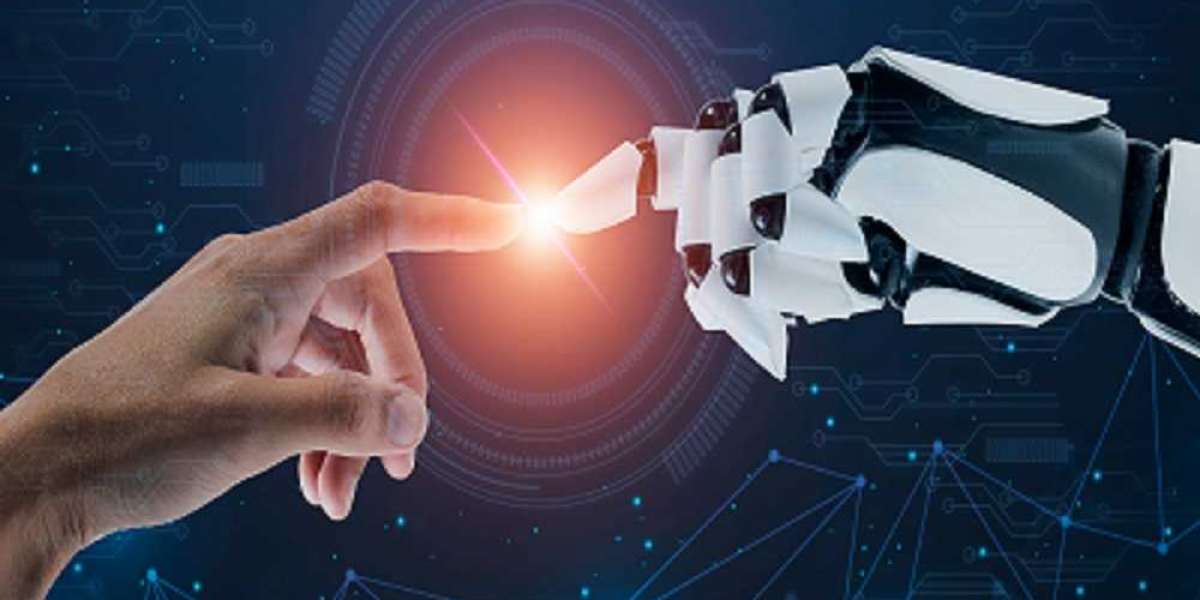In the vast landscape of technological marvels, the phrase "artificial intelligence" has become a ubiquitous buzzword, representing a transformative force that reshapes industries and redefines the possibilities of human-machine collaboration. To embark on a journey into the intricate realm of artificial intelligence is to unravel the various threads that constitute its fabric. This exploration aims to dissect and elucidate the diverse types of artificial intelligence, providing a comprehensive understanding of the multifaceted approaches that drive the evolution of intelligent systems.
I. Foundational Types of Artificial Intelligence
A. Narrow AI (Weak AI):
Narrow AI, also known as Weak AI, is designed and trained for a specific task. It excels within the boundaries of its predefined function but lacks the cognitive breadth and adaptability characteristic of human intelligence. Examples of Narrow AI include virtual assistants like Siri and Alexa, recommendation algorithms on streaming platforms, and image recognition software. These systems showcase proficiency in their designated domains but do not possess the ability to generalize knowledge across diverse tasks.
B. General AI (Strong AI):
Contrasting with Narrow AI, General AI, or Strong AI, is a theoretical form of intelligence that mimics human cognitive abilities across various domains. It represents a level of artificial intelligence capable of understanding, learning, and applying knowledge in ways that encompass the breadth of human intelligence. While General AI remains an aspirational goal, the pursuit of this form of artificial intelligence drives advancements in the broader field, pushing the boundaries of what intelligent systems can achieve.
C. Superintelligent AI:
Superintelligent AI is a hypothetical concept that extends beyond human intelligence in every aspect. If realized, Superintelligent AI would outperform humans in creativity, problem-solving, and decision-making. This theoretical pinnacle of artificial intelligence prompts ethical considerations, discussions about control mechanisms, and a careful examination of potential societal impacts. The concept of Superintelligent AI remains speculative, but its exploration fosters conversations about the implications of achieving unprecedented levels of machine intelligence.
II. Specialized Approaches: Types of Artificial Intelligence in Practice
A. Machine Learning:
Machine Learning (ML) stands at the forefront of artificial intelligence, empowering systems to learn from data and improve their performance over time without explicit programming. Three main subtypes characterize machine learning:
1. Supervised Learning:
In supervised learning, algorithms are trained on labeled datasets, learning to map input data to corresponding outputs. This approach is prevalent in tasks like image recognition, speech-to-text conversion, and sentiment analysis.
2. Unsupervised Learning:
Unsupervised learning deals with unlabeled data, allowing algorithms to explore patterns and relationships within the data without predefined outputs. Clustering and association techniques are commonly employed in unsupervised learning for tasks such as customer segmentation and anomaly detection.
3. Reinforcement Learning:
Inspired by behavioral psychology, reinforcement learning enables an AI system to learn through trial and error. The system interacts with an environment, receiving feedback in the form of rewards or penalties based on its actions. Over time, the system optimizes its behavior to maximize cumulative rewards, suitable for applications like game playing and autonomous vehicle control.
B. Natural Language Processing (NLP):
Natural Language Processing focuses on the interaction between computers and human language, enabling machines to understand, interpret, and generate human language. Key applications include:
1. Speech Recognition:
Converting spoken language into written text, speech recognition is crucial for virtual assistants, transcription services, and interactive voice response systems.
2. Language Translation:
NLP plays a pivotal role in language translation systems, breaking down language barriers and providing accurate, contextually relevant translations.
3. Sentiment Analysis:
Analyzing text data to determine sentiments enables businesses to gauge customer satisfaction, public opinion, and make data-driven decisions.
C. Expert Systems:
Expert Systems emulate human expertise in specific domains, utilizing a knowledge base and predefined rules to make informed decisions. The components include:
1. Knowledge Base:
A repository of information relevant to a specific domain, the knowledge base allows the system to retrieve and apply knowledge when making decisions.
2. Inference Engine:
The inference engine processes information from the knowledge base, applying predefined rules to draw conclusions or make recommendations, simulating human reasoning.
3. Applications:
Expert Systems find applications in various fields, assisting in medical diagnosis, financial analysis, and engineering problem-solving.
D. Computer Vision:
Computer Vision empowers machines to interpret and make decisions based on visual data. Key applications include:
1. Image Recognition:
Algorithms analyze and identify objects or patterns within images, applied in facial recognition, security surveillance, and content moderation.
2. Object Detection:
Machines can detect and locate multiple objects within an image or video stream, crucial for applications like autonomous vehicles and surveillance systems.
3. Augmented Reality:
Computer vision plays a pivotal role in augmented reality, overlaying digital information onto the real-world environment for applications in gaming, navigation, and virtual experiences.
E. Robotics:
The field of Robotics integrates artificial intelligence with physical machines, creating intelligent systems capable of interacting with the physical world. Applications include:
1. Industrial Automation:
Robots equipped with AI enhance efficiency in manufacturing and logistics, performing tasks with precision and speed.
2. Surgical Robots:
In healthcare, surgical robots guided by AI perform minimally invasive procedures with greater precision, reducing patient recovery times.
3. Autonomous Drones:
Drones leverage AI for autonomous navigation, obstacle avoidance, and adaptation to dynamic environments, finding applications in surveillance, agriculture, and delivery services.
III. Weak AI vs. Strong AI: Navigating the Intelligence Spectrum
As we explore the diverse types of artificial intelligence, it's crucial to differentiate between Weak AI (Narrow AI) and Strong AI (General AI):
A. Weak AI (Narrow AI):
Weak AI refers to systems designed and trained for a specific task, demonstrating intelligence within the confines of that task. Examples include virtual assistants, recommendation systems, and image recognition software.
B. Strong AI (General AI):
Strong AI represents a theoretical form of intelligence that can understand, learn, and apply knowledge across diverse domains, akin to human intelligence. While currently aspirational, the pursuit of General AI drives advancements in the broader field of artificial intelligence.
IV. Conclusion: Embracing the Future of Artificial Intelligence
In conclusion, the tapestry of artificial intelligence is woven with threads of machine learning, natural language processing, expert systems, computer vision, and robotics. As technology continues to advance, the boundaries of what artificial intelligence can achieve will expand, ushering in new possibilities and transformative applications across industries. Embracing the potential and challenges of artificial intelligence opens the door to a future where human ingenuity collaborates with machine intelligence, unlocking unprecedented opportunities and reshaping the way we perceive and interact with the world.



